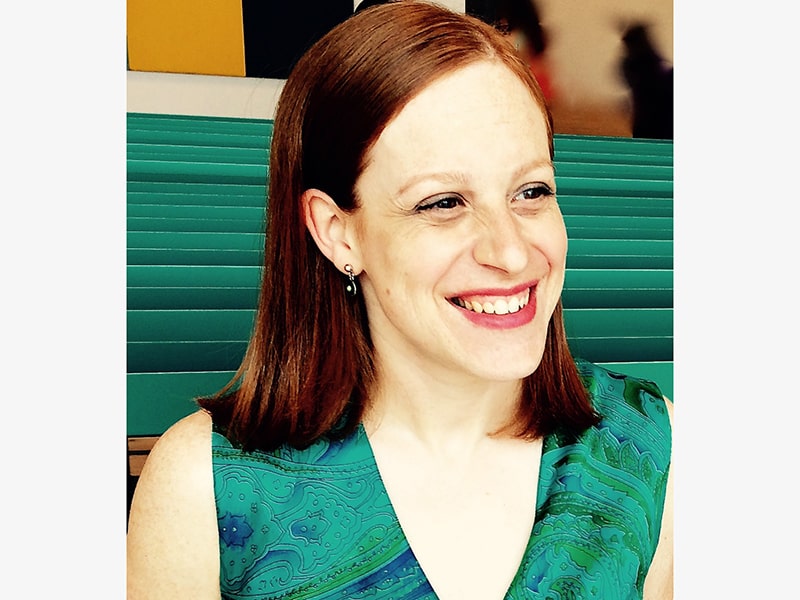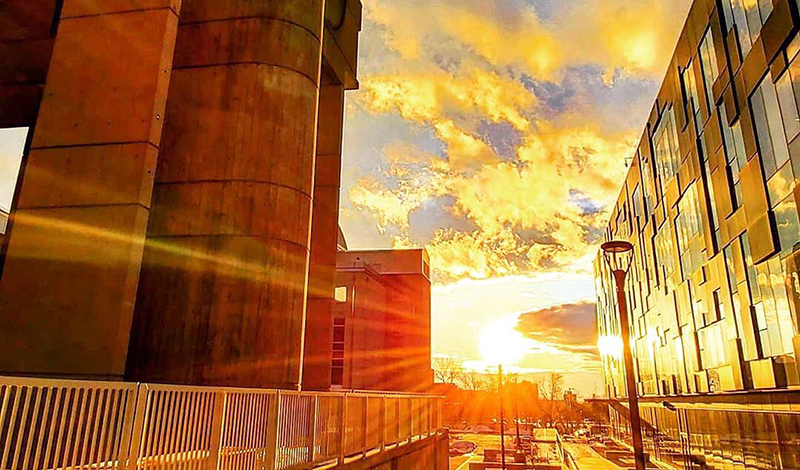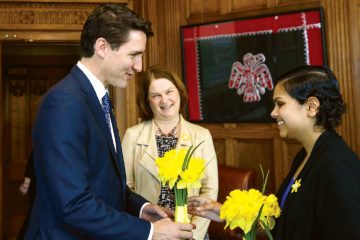Leadership Performance in the Covid-19 crisis
With non-essential businesses now shut down and people practicing social distancing, we find ourselves looking to governments and community leaders to help navigate us through this challenging time. But when it comes to doing that, how well are these leaders doing? Here, Laura Levin discusses the performances of political figures in the current pandemic, and how crucial these performances are in bringing communities together.
Why is performative leadership important, and why does it interest you so much?
I’m a performance study scholar, so we look at the ways different kinds of performances manifest themselves, both on formal spaces and in everyday life. The current project I’m working on is the performance of political culture and politicians. I’m writing a book on thinking about why the term “theatricality” is becoming so important in understanding our political leaders, and how, over the last decade, it’s become a buzzword when engaging with political figures. Of course, over the last couple of weeks, questions around political leadership have become important in an entirely different way because our political leaders, I believe, are performing what they want others in the nation to occupy.
How do you feel political leaders in Canada have performed when speaking to their communities about this crisis?
I have to say, I’ve been very impressed, particularly with Prime Minister Justin Trudeau’s response. I don’t actually believe there is a perfect response to this crisis. I think every leader has to perform in a different way, depending on where they’re situated, but there are a couple of things Trudeau is doing that we can read as useful from a theatrical or performance perspective. The most important thing is the way he’s using rhetoric or oratory to model collective responsibility, co-operation and care in this very tense moment. I think one of the ways he’s doing this is by speaking directly to the public in his briefings. It’s something that really distinguishes him from President Donald Trump as a leader. You can see from each of his scripts there are always moments when he steps back from the discussion of what his government is doing to actually address people as individuals and say things like, “We need to come together as a country; here are some things you can do.” There’s a direct address moment, like in a Shakespeare play, when you’re stepping out of the frame and looking at the audience and speaking directly to them.
It’s almost like breaking the fourth wall.
Absolutely. It’s a very deliberate convention. It’s breaking the fourth wall, looking out to the person through the camera and saying, “I’m speaking to you right now. This is how you can help and how you can be a leader in your own community right now …” It’s very much a script that he has work shopped with a variety of people, but this deliberate address of the “you” is very important.
With any performance, I imagine there are lots of nuances that play a part, like body language or subtle gestures. Is that something you’ve noticed changing with the situation?
I’ve been thinking about that as well. We can look at all different aspects of theatricality in that sense. In terms of body language, it’s fascinating to see Trudeau’s briefings taking place in seclusion, in isolation. It’s both a body language thing and a scenography thing, in terms of the styling and framing of the moment. He’s standing behind a modest podium, often framed with his home in the background. It’s true he needs to self-isolate and made the choice to continue self-isolating, but the framing with the house in the background shows he’s modelling that sense of responsibility, because he is staying home and [also] doing what he is asking the public to do.
That seclusion of one’s self can be seen in other politician’s performances, such as Mayor John Tory in Toronto. He had to self-isolate after a business trip and was doing his briefings from home, so he was performing in front of a wall, with a row of pictures of his family behind him. These are very deliberate framings, so we can see these are not only political leaders, but also people themselves who have families and know what people are going through. There’s a level of compassionate connection that gets performed through that framing.

Laura Levin is Associate Professor of Theatre at York University | Photo courtesy of York University
Laura Levin is Associate Professor of Theatre at York University. She teaches courses on contemporary theatre and performance art, devised theatre, and practice-based research. Her research focuses on site-specific, immersive, and urban intervention performance; performing gender and sexuality; political performance; intermedial and digital performance; and performance theory.
She is an Associate Editor of Canadian Theatre Review; Co-Editor of Performance Studies in Canada (McGill-Queen’s Press); Editor of Theatre and Performance in Toronto, and Conversations Across Borders (U of Chicago Press); and editor of several special issues of journals.
She is the author of Performing Ground: Space, Camouflage, and the Art of Blending In, winner of the Canadian Association for Theatre Research’s Ann Saddlemyer Award for her best book in English or French.
Laura works as a director and dramaturg on a number of productions in North America and co-curated research-based art projects that investigate intersections of performance, geography, and digital technologies.











































































